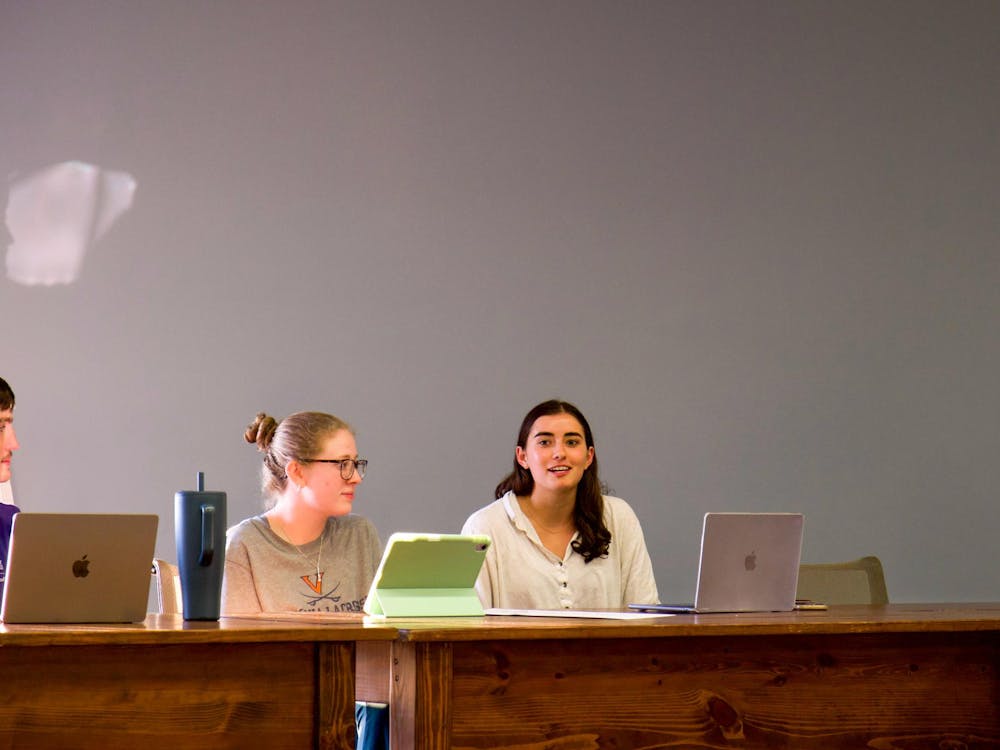Magnets could be the best thing since ice packs in reducing inflammation from injury, according to research by University Biomedical Engineering Chair Thomas Skalak and former doctoral student Cassandra Morris.
The study shows that applying a fairly strong static magnet, which has about 10 times the strength of a refrigerator magnet, to soft tissue immediately after injury for 15 to 20 minutes could limit swelling significantly, Skalak said, adding that the magnet constricts small blood vessels to ultimately reduce swelling.
Skalak said the source of the University's research on magnetic healing dates back to ancient Greece and China.
"This is a breakthrough in an age-old medicine," he said, noting researchers believed traditional methods of magnetic healing had a scientific basis.
"We had this feeling that static magnetic fields do change some biophysical properties of cell membranes and the ion channels," said Ann Gill Taylor, director of the Center for the Study of Complementary and Alternative Therapies. Taylor said that this idea came from research in a separate study about the effect of magnets on carpal tunnel syndrome.
Taylor said the carpal tunnel study found that wearing a glove, or wrist "fitment," with an active magnet improved functionality in participants but did not reduce pain.
"The study suggests that there may be some magnetic use in treating carpal tunnel," Taylor said.
In addition to their value in reducing inflammation, magnets could also prove more practical for caregivers. Compared to ice, which is normally used by caretakers for similar purposes, a magnet would be a more portable and accessible alternative; school nurses and athletic trainers could carry them in kits, Skalak said, adding that magnets are reasonably priced, with a small magnet starting at $10.
"It would be very affordable technology, which is why it could have a wide impact," Skalak said.
Though Skalak said the magnetic healing market is a $5 billion industry, he added that he remains skeptical of some magnets on the market.
"Scientifically, some of the products out there do not have the strength to work correctly," Skalak said.
The field, though, according to Skalak, also has plenty of room to grow, and more research needs to be completed. Skalak said he hopes to expand magnetic healing research to clinical trials of athletic injuries and artificial knees, while also noting that the expanded research could further explain the science of magnetic healing.
"We have not explained it at the molecular level," Skalak said.






